Louise Bourgeois on Finding Inspiration in Solitude
In September 1937,
was a 25-year-old upstart sculptor living in bustling Paris. She was happily consumed by her studies at the Académie de la Grande Chaumière, but also longed for a retreat: “I have not been away at all this year, and it fills my head with dreams,” she wrote to classmate Colette Richarme, who had recently left school for some alone time in the south of France.
As a student, Bourgeois had already begun to recognize the creative advantages of solitude, and supported her friend’s withdrawal: “After the tremendous effort you put in here, solitude, even prolonged solitude, can only be of very great benefit,” she wrote. Time away, Bourgeois suggested, would offer a calming break and inspire new ideas and modes of working: “Your work may well be more arduous than it was in the studio, but it will also be more personal,” she continued. “In that part of France there must be such a beautiful light, and so much peace.”
Over the course of her life, Bourgeois would emphasize the importance of solitude to the creative process. As an artist who strove to be “a woman without secrets,” as she told art historian Christiane Meyer-Thoss in 1992, moments of seclusion and silence offered time to reflect on her emotions, which became the subject of her fervent, intimate body of work. “My subject is the rawness of the emotions, the devastating effect of the emotions you go through,” she said. Drawings of female bodies prodded by arrows, sculptures of passionately entangled figures, and watercolors of hot-pink landscapes and vast, eternal skies fill her oeuvre.
While Bourgeois valued social interaction—she had a friend group of fellow artists, like Richarme,
, and
, with whom she exchanged ideas—she also recognized that periodic breaks from of-the-moment artistic debates (and the community that generated them) were essential. It was only with a calm, clear mind, she advised Richarme in a subsequent 1938 letter, that ideas would flow: “Solitude, a rest from responsibilities, and peace of mind will do you more good than the atmosphere of the studio and the conversations which, generally speaking, are a waste of time.”
For Bourgeois herself, solitude took different forms. Nature offered one escape. “I need to smell the grass, earth, and the wind from the sea,” she told Richarme. Even taking time alone to gaze at the sky could be enough to quell her anxieties, allowing inspiration to develop in their place. “Once I was beset by anxiety. I could have cried out with terror at being lost,” she recalled in a 1979 conversation with art historian Eleanor Munro. “But I pushed the fear away—by studying the sky, determining where the moon would come out, where the sun would appear in the morning. I saw myself in relationship to the stars.”
Bourgeois struggled deeply with anxiety, and solitude served as an antidote, providing her with a sense of calm and safety. Even in her own home (which she long shared with her husband and three sons) and in her studio (where she employed an assistant), she carved out spaces where she could be alone. “Louise liked to work alone in silence, as if in a trance,” remembered her longtime studio assistant, Jerry Gorovoy. “The least noise would upset her.”
The act of retreat, which was so essential to Bourgeois’s daily life, emerged in her work, as well. She continually returned to the word “lair,” using it to title numerous sculptures resembling huts, cocoons, and other confined, safe spaces. The rough, spiral form of The Lair (1962), for instance, resembles a protective shell—one that a soft snail might withdraw into at the sight of danger.
Indeed, Bourgeois ascribed to psychoanalyst and art historian Ernst Kris’s belief that “I have to hide, otherwise I will be trapped.” The act of hiding, as Bourgeois explained in a 1988 interview with critic Stuart Morgan, offered safety, freedom, and, in turn, inspiration. As she succinctly put it: “Inspiration comes from retreat.”
But Bourgeois also knew that solitude had to be tempered with interaction. “Exile or alienation is a necessary (tho’ not sufficient) condition of work,” she wrote in her diary on September 14, 1950. In another diary entry years later, in 1987, she elaborated upon this thought by emphasizing that loneliness and human interaction can coexist—and both are essential ingredients for artmaking. “You are born alone. You die alone. The value of the space in between is trust and love,” she wrote. “Everything comes to you from the other. You have to be able to reach the other. If not you are alone.”
Indeed, it was through moments of solitude, when emotions and inspiration swelled, that Bourgeois produced the powerful, deeply affecting work that connected her to others—all of us.
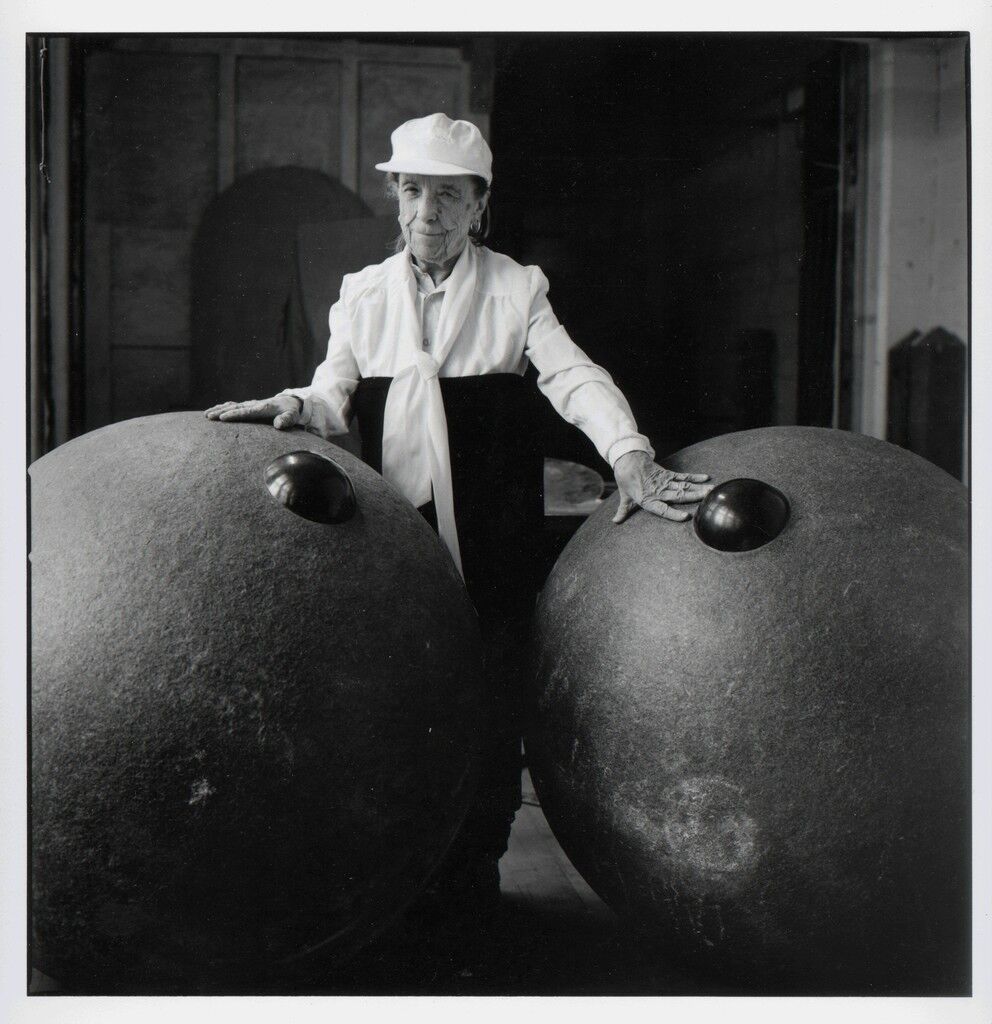
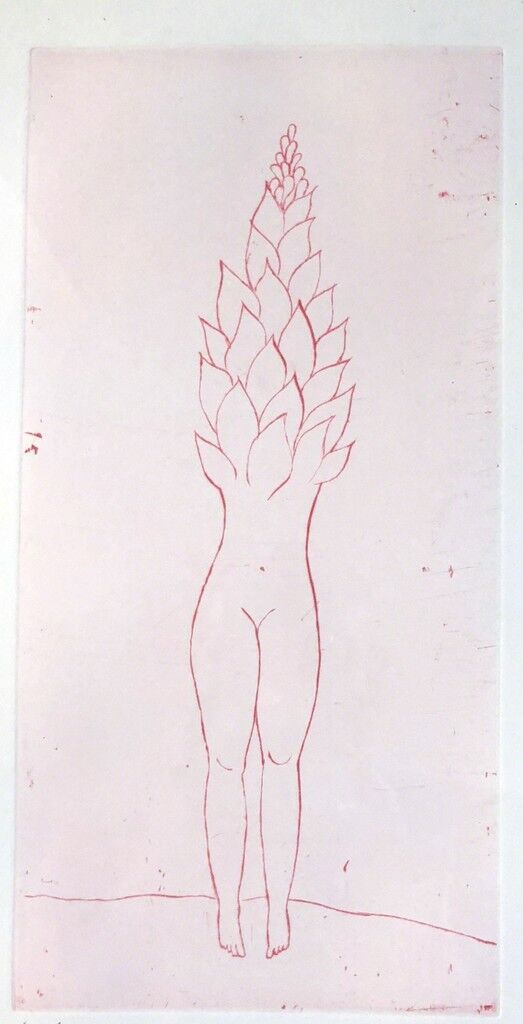
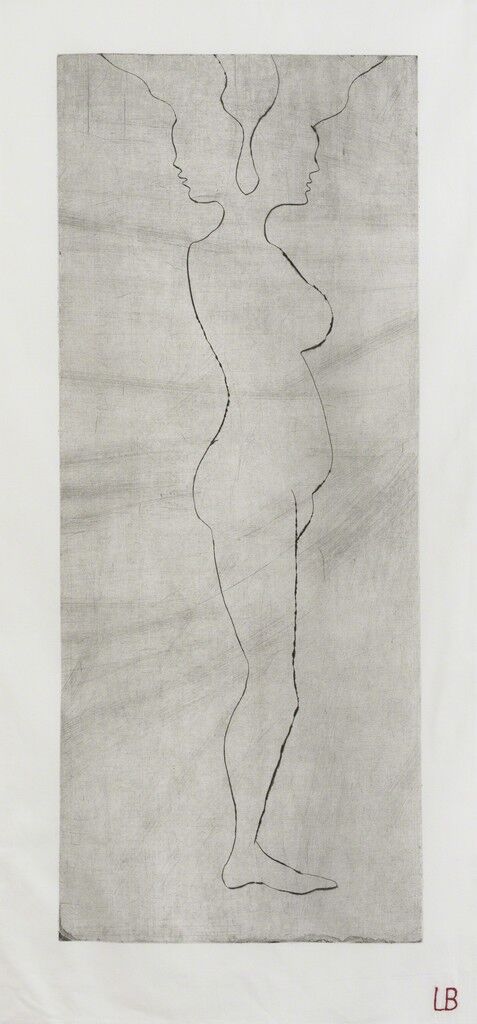
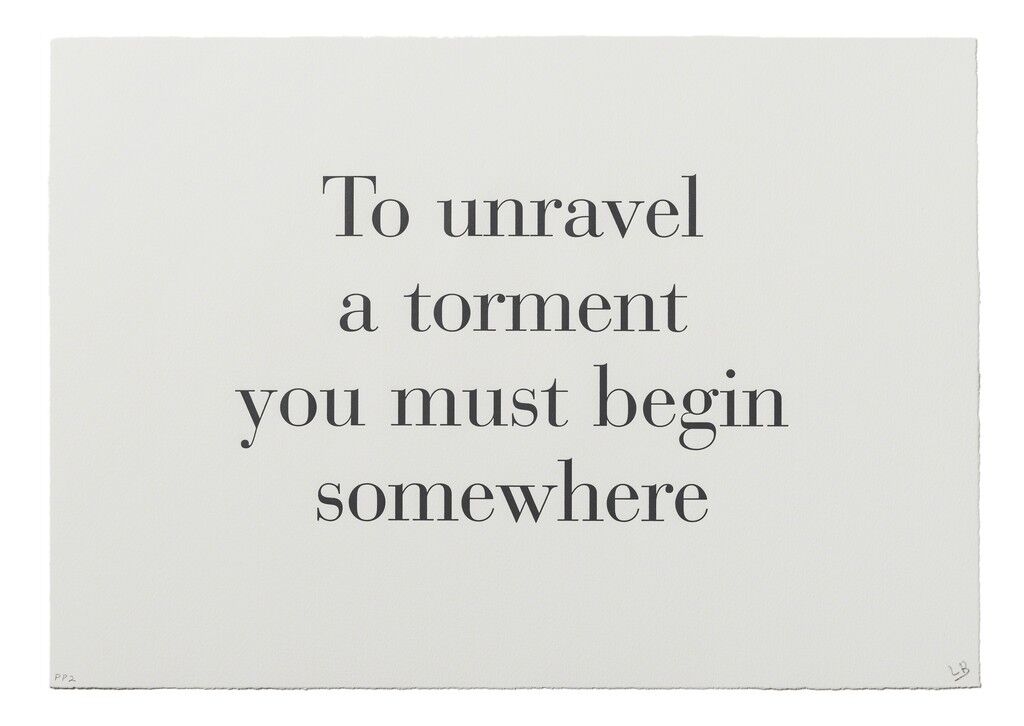
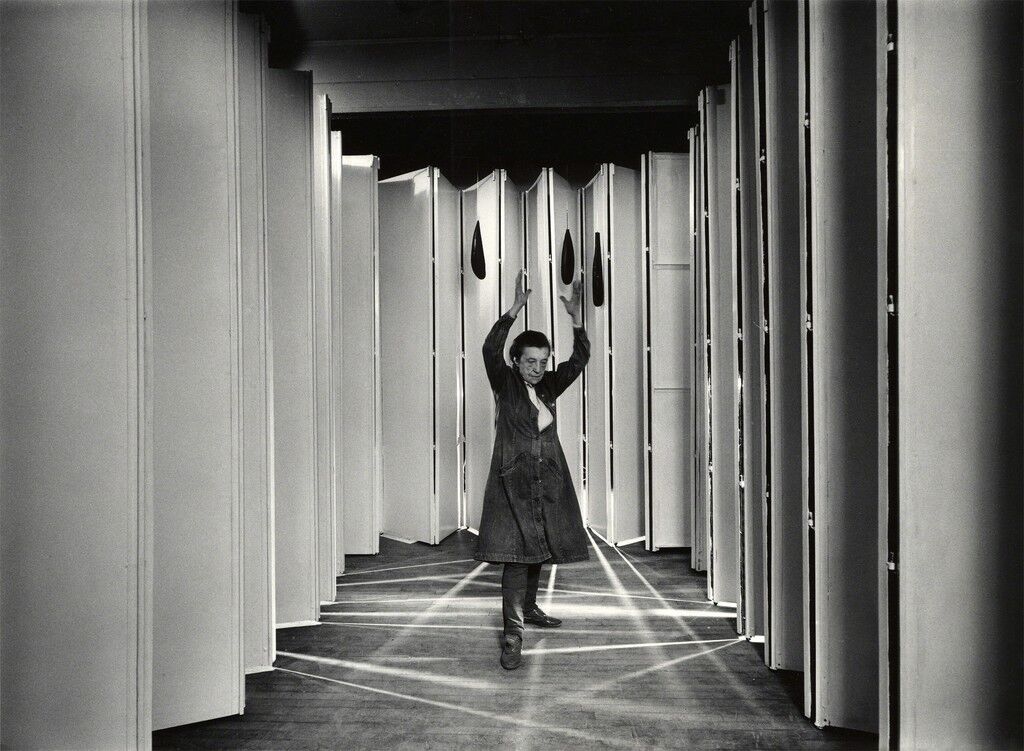

Comentarios
Publicar un comentario